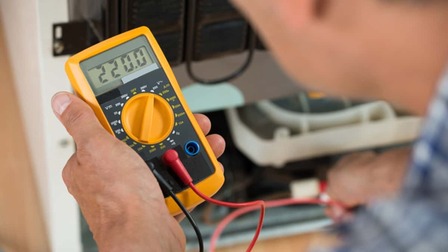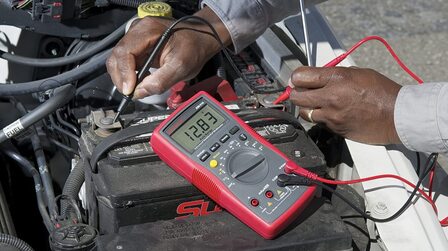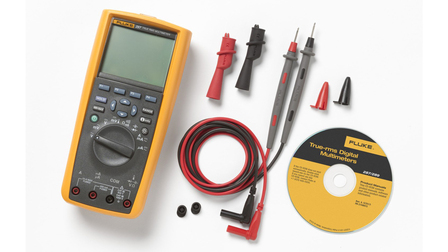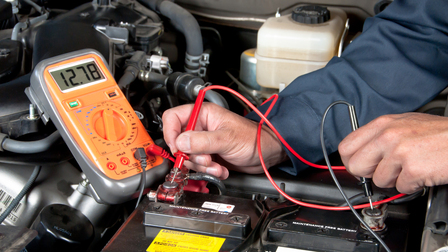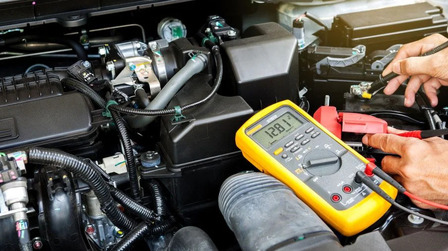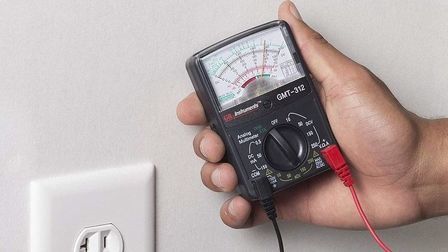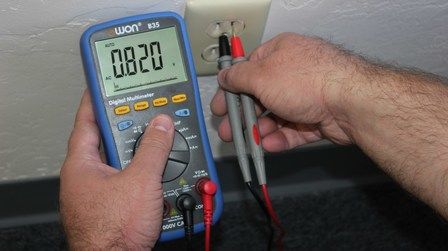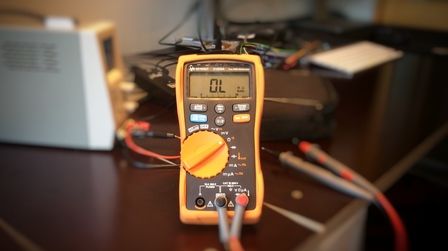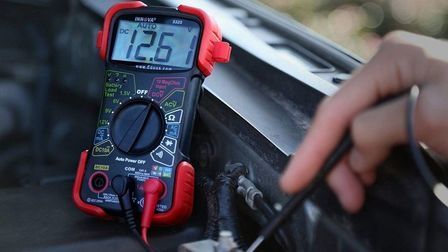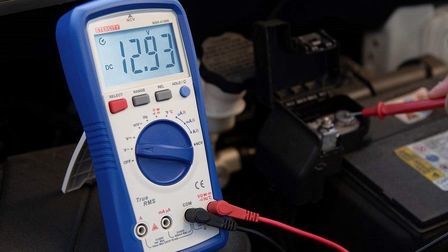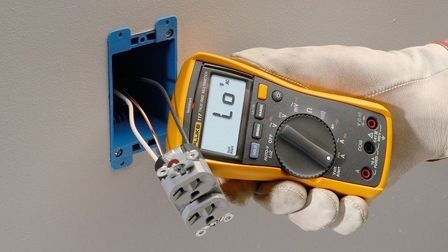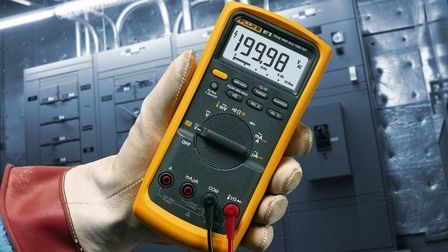A digital multimeter for a technician is like a tester for an electrician. It is an indispensable tool that allows him/her to understand, and sometimes even resolve issues, in any electrical circuit/system.
As a budding technician, you are supposed to understand all the basics of a multimeter – how to use it, how to measure different electrical quantities, and how to read it.
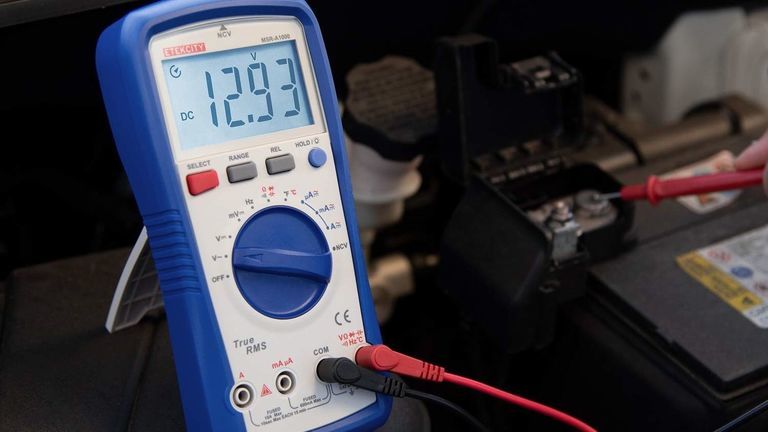
So, if you have been looking for a dummy’s guide on how to use a digital multimeter, this article will get you up to speed.
By the end of this guide, you will learn how to use a digital multimeter to test/measure electrical quantities.
See also: Best Digital Multimeter For Electronics
Why a Digital Multimeter?
This question has been asked so many times that even analog multimeters are fed up with it. In simple words, digital multimeters are preferred over their analog cousins because they are faster and easier to read. That’s the primary reason and all you need to care about.
Digital meters measure and automatically convert the value of the quantity unlike analog meters, where you have to read the scales and calculate the final value by yourself. This avoids the possibility of human errors, which is very important in the testing field.
There are many more reasons why digital meters are preferred, but instead of going over them, let’s just get down to business.
How to Use a Digital Multimeter
Whether you want to measure resistance or test the amperes in a circuit, the process is one and the same for all. You just need to select the right function and range in your digital multimeter.
1. Take out the digital multimeter and switch it ON
2. Now, depending upon the quantity you want to measure, select the function using the dial switch. Following are the common functions:
- Resistance
- DC Voltage
- AC Voltage
- DC Current (low range)
- DC Current (10A range)
- 9-volt battery tester
- Continuity tester
Apart from these, a digital multimeter may also have a section for testing transmitters.
3. Make sure the test probes are properly connected to the digital multimeter. If they are not, you should first switch it OFF and then connect them.
The black test probe always goes in the COM port and the red test probe goes in either of the positive ports. In normal cases, it is always connected to the low ampere port as shown below
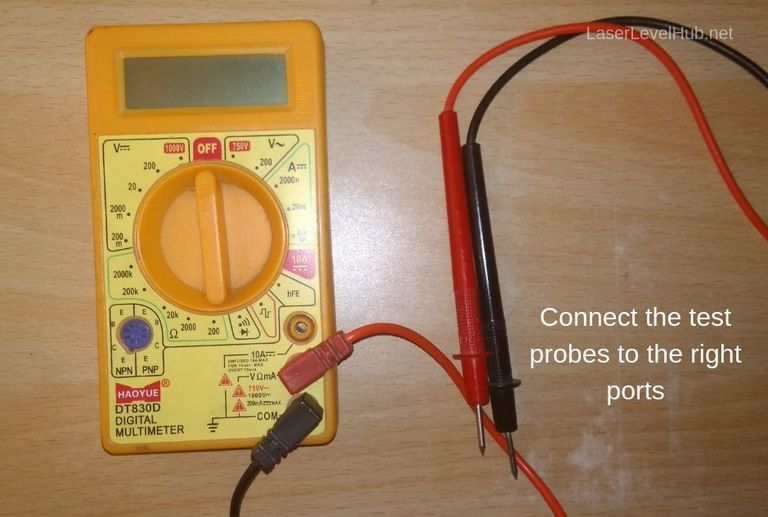
4. Following are few examples on how you can use a digital multimeter:
If you want to test resistance, just use the test probes and point them to either side of a resistor (as shown). The digital multimeter will read the resistance value
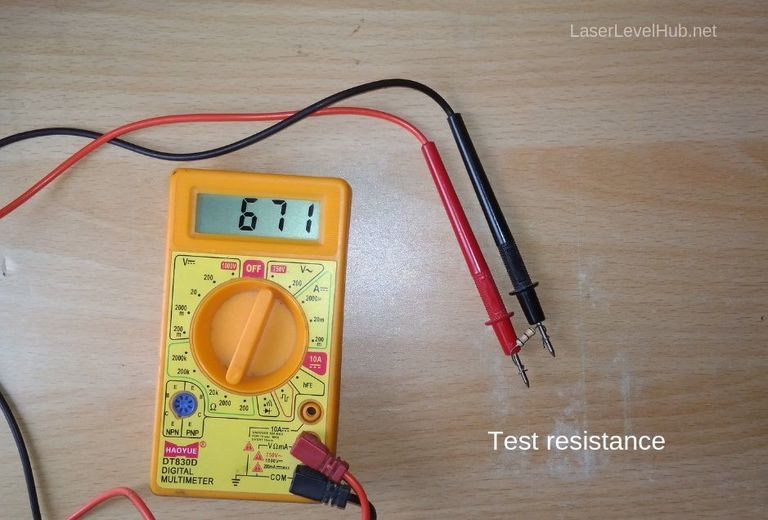
If you want to measure current, consider the following image. Note the function selected
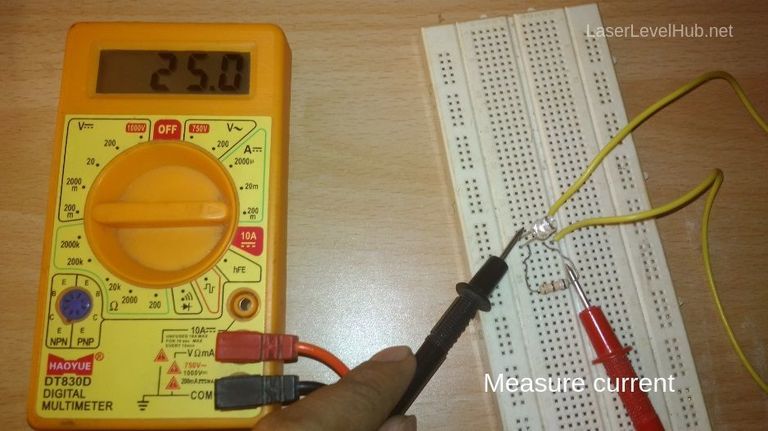
If you want to test DC voltage, then select the appropriate function using the dial switch and then refer the image
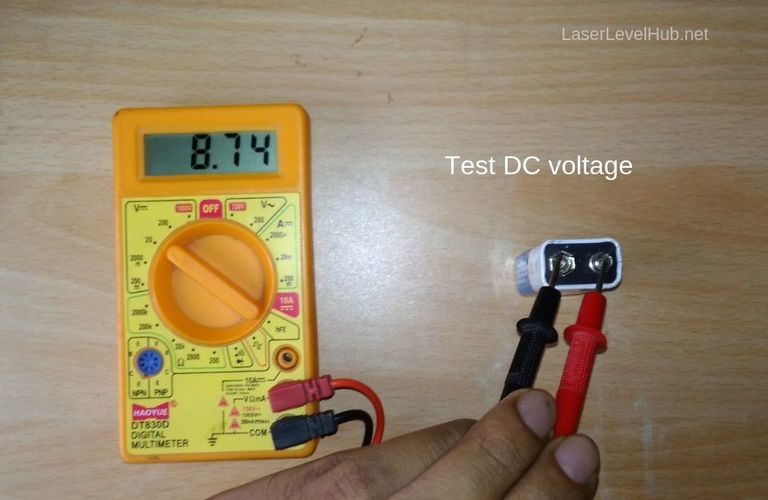
5. While using your digital multimeter, make sure you select the range freely. Most budding technicians fail to use the range selector properly and that leads to incorrect reading.
In the images above, note where the dial points to and experiment with your own circuits
You can also use your digital multimeter for a variety of other activities such as testing a battery, testing a fuse, and even checking the continuity of wires and circuits. All these can be found in our separate multimeter guides on our website. We request you to have a look.
See also: Best Pocket Digital Multimeter For Beginners
Conclusion
Using a digital multimeter is very simple if you know the basics. Therefore, we recommend you to understand what the electrical quantities are before trying your hand at multimeter testing. In case of any queries, feel free to ask them in the comments below.

